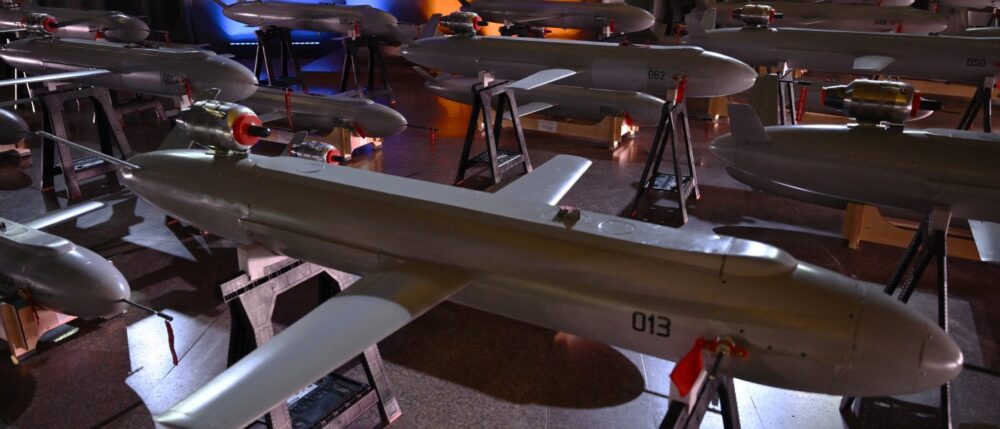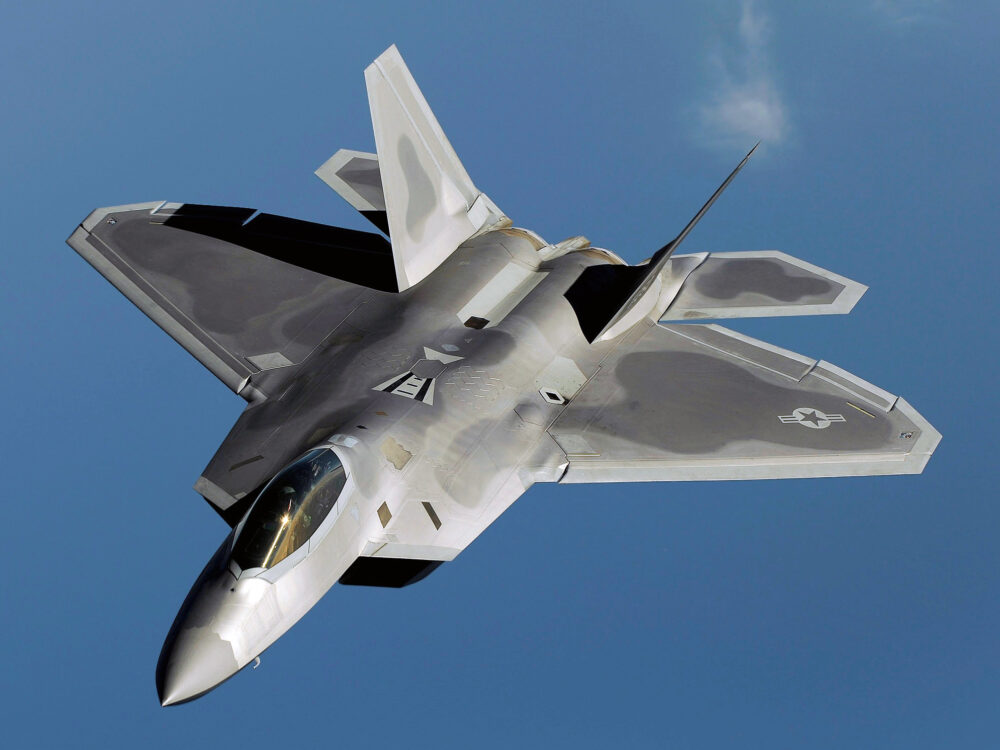By Mickey Miller, CEO, Vislink
A few weeks ago, I attended the International Military Helicopter (IMH) conference in London, where one of the most compelling discussions revolved around the integration of uncrewed and crewed systems. However, another topic repeatedly surfaced – one that has far-reaching implications for the future of military technology. It’s about how Ukraine’s wartime adaptations have dramatically reshaped military innovation.
A New Model for Military Development
The war in Ukraine has accelerated a shift from traditional, slow-moving defense development to an agile, battlefield-driven innovation model. Ukraine has applied principles from agile software development to military technology, resulting in rapid iteration, battlefield adaptability, and streamlined procurement. Instead of multi-year development cycles, new systems are designed, tested, and deployed in months – or even weeks.
This transformation is evident in how Ukraine has leveraged commercial technology and private sector ingenuity to rapidly enhance its defense capabilities. As highlighted by the Center for Strategic and International Studies, Ukraine has moved from a rigid, state-controlled procurement system to a decentralized, demand-driven approach that prioritizes battlefield needs over top-down visions. (CSIS Analysis)
One striking example of this approach is Ukraine’s Typhoon drone unit, which embodies the agile weapons development model through rapid adaptation cycles and battlefield-driven innovation. Typhoon operators continuously adjust tactics to counter Russian electronic warfare, utilizing real-time frequency switching, AI-driven navigation, and modified commercial components for cost-effective drone deployment. The unit also recruits engineers and gamers for quick skill acquisition and employs video-game-style simulation training to accelerate readiness. As Commander Mykhailo Kmytyuk puts it, “We grow through constant analysis of combat data – every failed sortie becomes a blueprint for tomorrow’s success.” This rapid iteration and decentralized decision-making allow Typhoon to maintain an operational tempo far beyond traditional procurement models, demonstrating the power of agile warfare in real time.

The Contrast: Traditional vs. Agile Approaches
At IMH, discussions underscored the stark contrast between this new model and the legacy approach still dominant in many Western defense programs. While Ukraine fields new systems in mere months, some traditional military programs are still projecting their first prototypes for 2035. The discrepancy raises a critical question: Can the defense industry afford to maintain these long, bureaucratic development cycles when adversaries are iterating in real time?
Lockheed Martin is one company embracing change, applying agile methodologies to accelerate production and deployment. The company has cut design review times on the F-22 from weeks to days and has adopted DevSecOps to streamline software-hardware integration. Their Agile Shield battle management system in Australia was developed through iterative prototyping, significantly reducing time to deployment. (Lockheed Martin Case Study)

Strategic Implications for the Future
The impact of this shift extends beyond Ukraine. The ability to rapidly innovate has leveled the playing field for smaller nations, allowing them to counter larger adversaries through ingenuity rather than sheer military spending. Additionally, it has redefined modern warfare, where traditional weapons must now coexist with rapidly evolving autonomous systems and AI-driven solutions.
As Lockheed Martin’s CEO James Taiclet – a telecom industry veteran – aptly put it, the new goal is to “develop a capability, fly it the next day, and deliver it like mobile app updates.” This is the future of defense innovation – one that prioritizes speed, adaptability, and battlefield-driven requirements over bureaucratic stagnation. (Chatham House Analysis)
At Vislink, we recognize the urgency of this shift. Our focus is on enabling real-time, secure and resilient communications that support this new, agile battlefield. The lessons from Ukraine are clear: the future belongs to those who can adapt the fastest. These are exciting times for defense technology, and we look forward to being part of this transformative era.